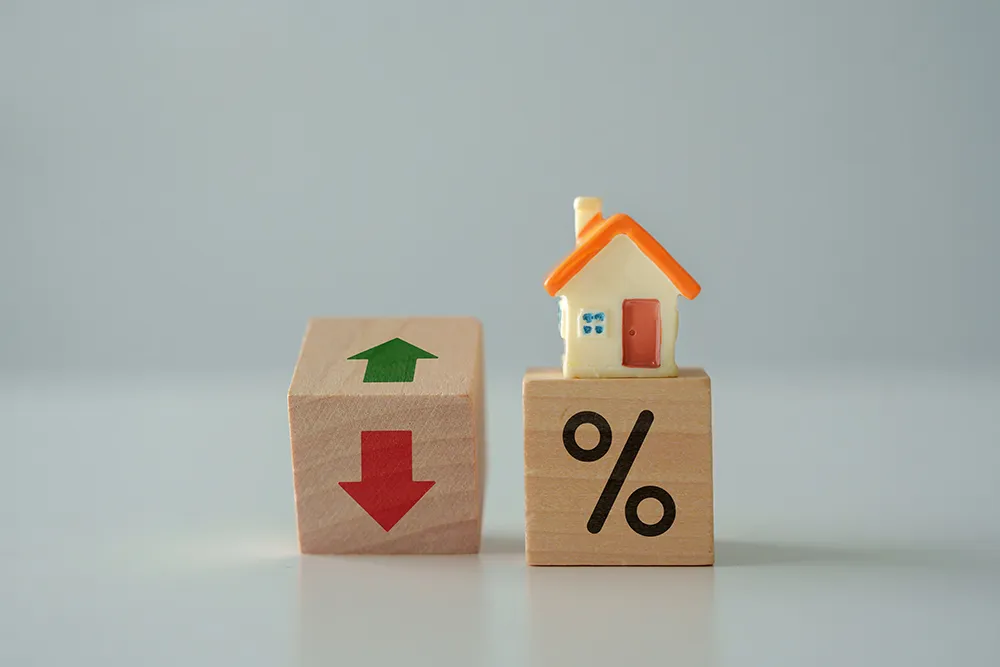
House prices in the UK rose 4.7 per cent on an annual basis in September, says the Office for National Statistics.
This means that prices rose 1.7 per cent from August 2020 and leaves the average UK property price at £244,513.
In England, house prices rose 4.9 per cent annually, which gives an average house price of £261,795 and, in Wales, prices increased 3.8 per cent during the same time period. Here, the average house price is now £170,604.
In London, house rises went up 4.1 per cent and the average property currently costs £496,485, the ONS reports.
James Pendleton property expert Lucy Pendleton has her eye on the capital when she says: “After weighing on the market nationally in recent years, London is once again helping to lead the way. Buyers in the capital celebrated the stamp duty changes by delivering record prices that are now only a whisker away from the half a million-pound mark.
“Expect this rate of growth to cool though,” she says. “Fast forward to the autumn and renters have reverted to type and have begun putting off moves until the New Year.
“However, buyers are still treating vendors to a feast of offers. The bids coming in are quite businesslike. There are no longer any silly offers being thrown in speculatively by those misreading the level of fear in the market.”
Meanwhile, Coreco managing director Andrew Montlake says: “News of a vaccine that few expected so early could transform the trajectory of the property market during 2021.
“We were all bracing ourselves for a major reversal in recent house price growth but the vaccine could provide a shot into the property market’s arm.
“There will still be increased unemployment given the impact of the pandemic on the economy but a vaccine could see sentiment keep its head above the surface, which for the property market is key.”
And Fine & Country managing director Nicky Stevenson points out that, “This is the first time the index will have included the first sales that didn’t only benefit from the stamp duty tax break but were prompted by it too, and it shows.
“However, the race for space is still the market’s main driver. Price growth for flats and maisonettes is muted compared to larger properties, which have been flourishing amid high demand.
“The heavy lurch in favour of more inside and outside space is behind the 21.3 per cent surge in residential property transactions in September, a trend already identified for us by HMRC,” he adds.
Trussle head of mortgages Miles Robinson adds: “During this time, the market began to see a huge increase in transactions as buyers rushed to take advantage of the stamp duty holiday, with many purchases needing to start by October in order to have a realistic chance of completing in time.
“Trussle figures show that the average time from mortgage submission to approval increased by 50 per cent compared with the same time last year (from 16 days to 24 days), due to lenders being overwhelmed by applications.
“The data also demonstrated that the average completion time of transactions differs across the country, with the median time it takes in the East Midlands at 166 days, compared to a significantly shorter 96 days in the South East.”



